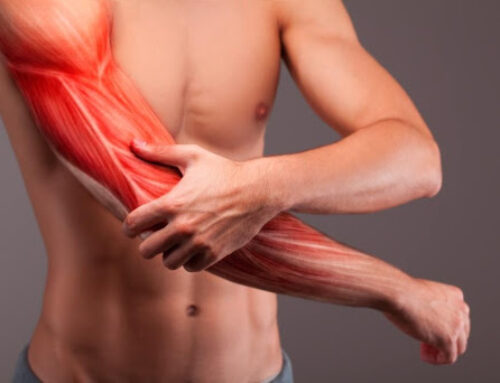Young peoples’ bones stop growing by approximately age 20, somewhat earlier in women and somewhat later in men. Long bone growth in the arm, forearm, thigh, and leg, ceases later and smaller bone growth in the hands, feet, and spine, ceases earlier. In essence, you’re as tall as you’re going to be by your mid-to-late teens, and at the latest, by approximately age 20 or so. A great deal of a person’s height is comprised of the length of her or his spine and approximately 25% of the length of an adult human spine consists of the thickness of the intervertebral discs. Proper posture when standing is crucial to helping your spine stay in top shape!
Intervertebral discs (IVDs) are cartilaginous structures, composed of a gelatinous center termed the nucleus pulposus and thick fibrocartilage bands encircling and supporting the inner ball bearing–like nuclear material. Together, the inner and outer structures create a hydraulic mechanism that adapts, moment by moment, to mechanical forces, primarily those of gravity, impinging upon the human form. The intricate design of the IVD helps to distribute outer mechanical forces efficiently so that no single physiological component is required to support an excessive force or weight. Thus, IVD integrity is essential to maintain normal human activities, and appropriate maintenance of the IVD cartilaginous structure is necessary to help ensure effective performance.
Obtaining sufficient water is the primary nutritional requirement of intervertebral discs. Therefore, drinking four to eight glasses of water each day will greatly assist in helping to maintain one’s function as a physiological machine. As well, physical activity is needed to help pump fluids into the IVD cartilage. When one is sedentary, as most of us are during the large majority of our waking hours, IVDs progressively lose water content over the course of the day. Dehydrated IVDs may lead to problems such as a diminished range of motion and increased stiffness, which may, in turn, cause muscular inflammation, neck pain, and low back pain.
Thus, we want to be sure we’re taking the important steps to keep our IVDs healthy and always using correct posture. In addition to engaging in regular exercise and drinking enough water, making sure we get regular chiropractic care helps support the integrity and efficient functioning of our intervertebral discs and the workings of our spinal columns as a whole. By detecting and correcting dysfunction of the intervertebral joints, regular chiropractic care boosts the functioning of IVDs, increases the mobility of the spine in all three dimensions, and optimizes spinal performance. By participating in healthy lifestyles and getting regular chiropractic care, we help maximize our health and well-being now and into the future.
- Vo NV, et al: Molecular mechanisms of biological aging in intervertebral discs. J Orthop Res 34(8):1289-1306, 2016
- Bowden JA, et al: In vivo correlates between daily physical activity and intervertebral disc health. J Orthop Res Oct 4, 2017 doi: 10.1002/jor.23765. [Epub ahead of print]
- Steele J, et al: Can specific loading through exercise impart healing or regeneration of the intervertebral disc? Spine J 15(10):2117-2121, 2015





